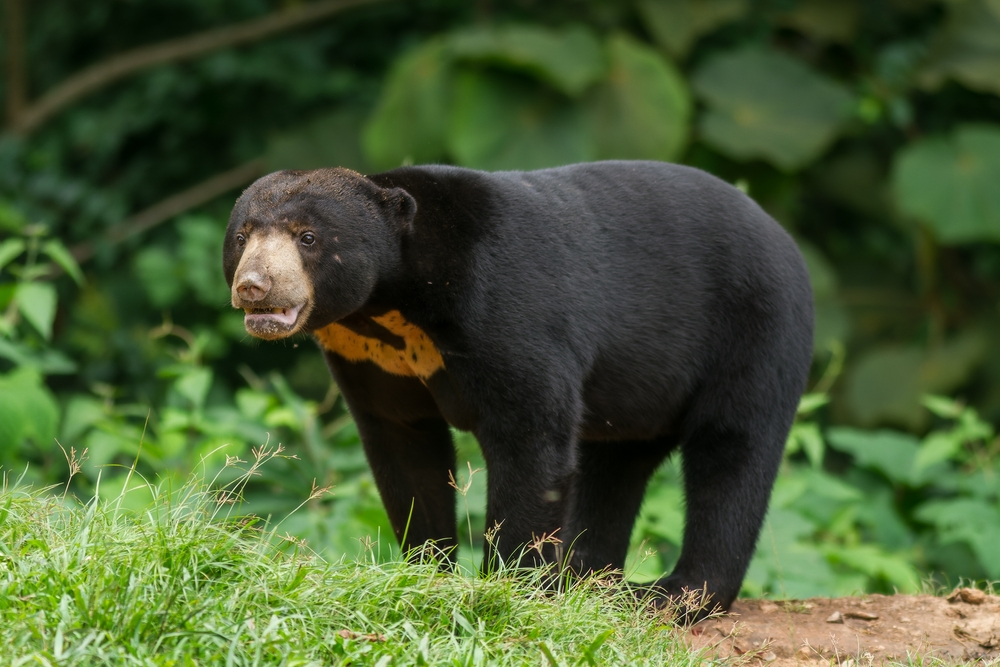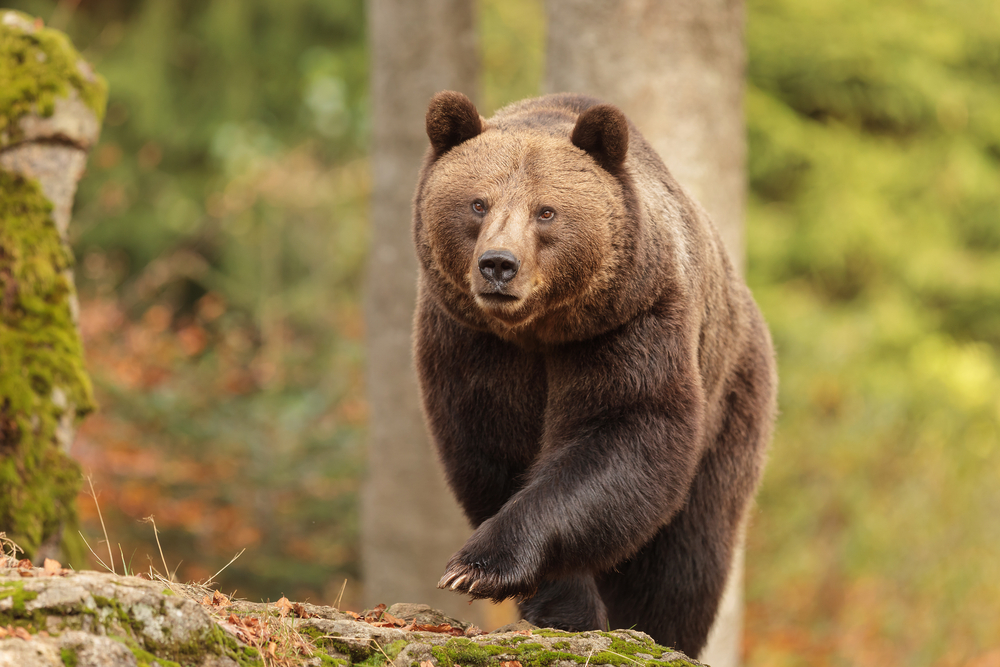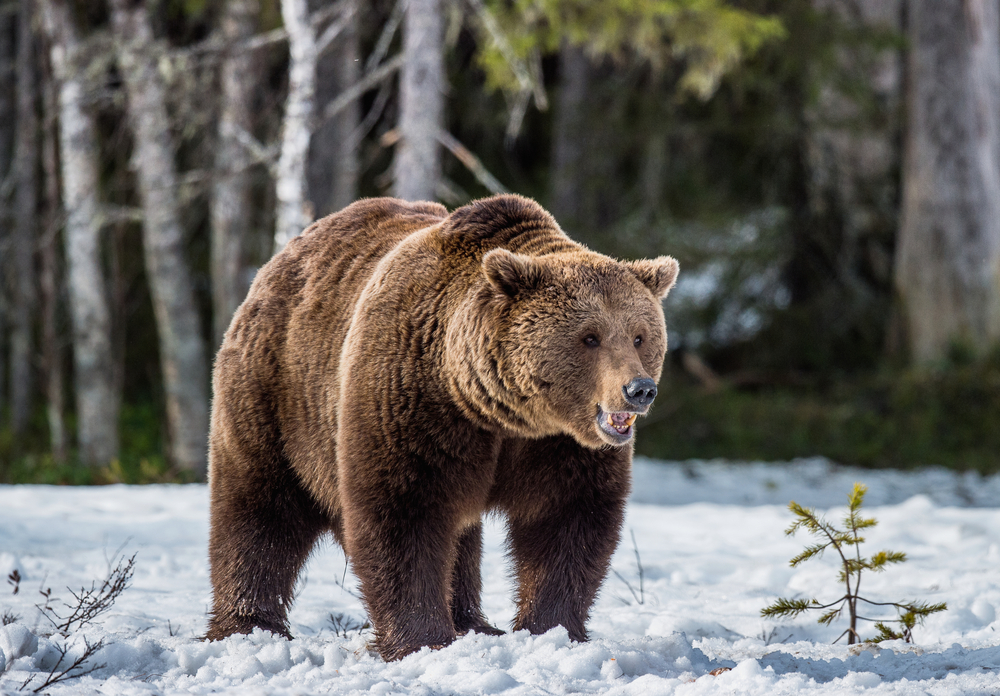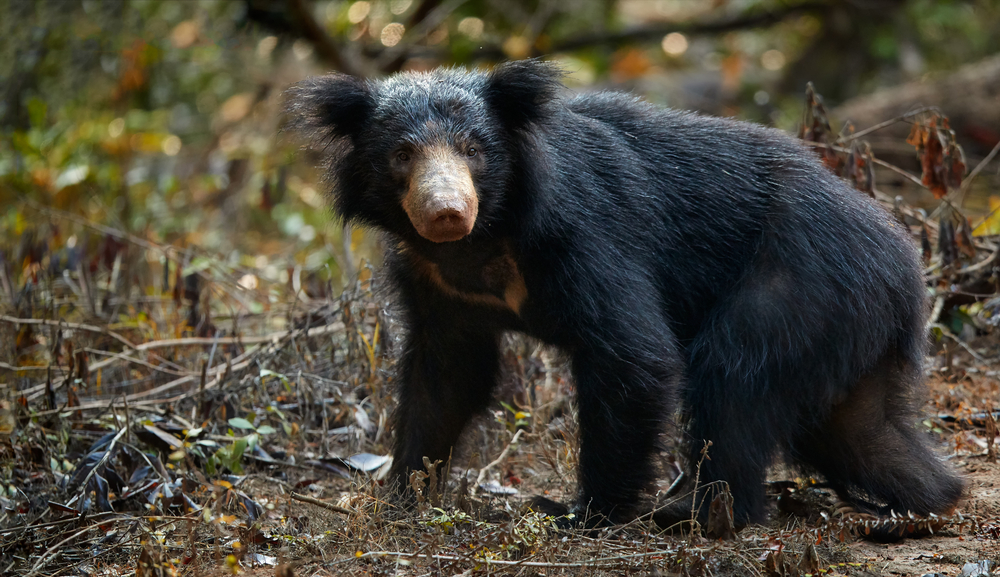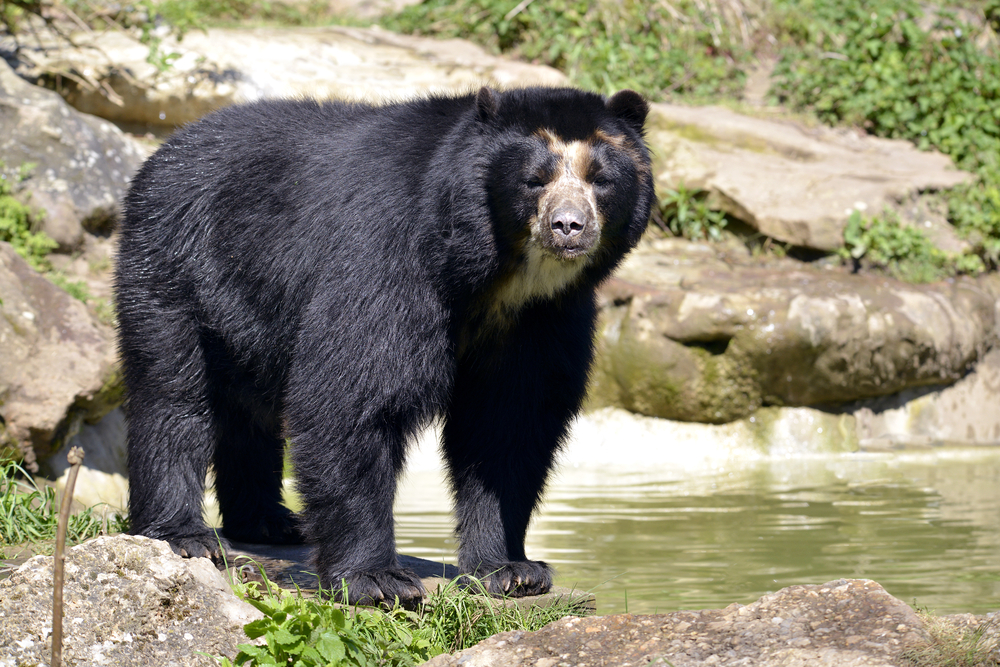Sun Bears are found throughout Southeast Asia, including parts of Malaysia, Indonesia, Thailand, Cambodia, Laos, Myanmar, and southern China. They are rare and elusive, but sightings are possible in well-protected forests.
🌿 Top National Parks to See Sun Bears:
🇲🇾 Borneo (Malaysia):
🟢 Deramakot Forest Reserve (Sabah):
-
One of the best places in Southeast Asia for wildlife sightings, including Sun Bears
-
Night drives with guides may yield sightings of bears, civets, and clouded leopards
🟢 Tabin Wildlife Reserve (Sabah):
-
Dense rainforest with fruiting trees that attract Sun Bears
-
Known for sightings of orangutans, hornbills, and pygmy elephants as well
🇮🇩 Sumatra (Indonesia):
🟢 Bukit Barisan Selatan National Park:
-
Large protected area with lowland rainforest—prime habitat for Sun Bears
-
Also home to Sumatran tigers, rhinos, and elephants
🟢 Gunung Leuser National Park (North Sumatra):
-
Known for orangutan trekking, but also houses elusive Sun Bears
-
Best chances near fruiting fig trees and termite-rich zones
🇰🇭 Cambodia:
🟢 Cardamom Mountains (Southern Cardamom National Park):
-
Vast, relatively untouched rainforest system
-
Sun Bears are present but highly elusive—best seen via camera traps or long treks with guides
🇹🇭 Thailand:
🟢 Khao Yai National Park:
-
UNESCO World Heritage Site with excellent infrastructure for wildlife viewing
-
Occasional sightings of Sun Bears, especially during fig fruiting seasons
🔍 Viewing Tips:
-
Sun Bears are diurnal, but secretive—look for claw marks on trees, broken logs, and ripped beehives
-
Work with local naturalists or guides and plan for early morning or late afternoon treks
-
Fruit-bearing trees and termite-rich deadwood increase your odds



































































